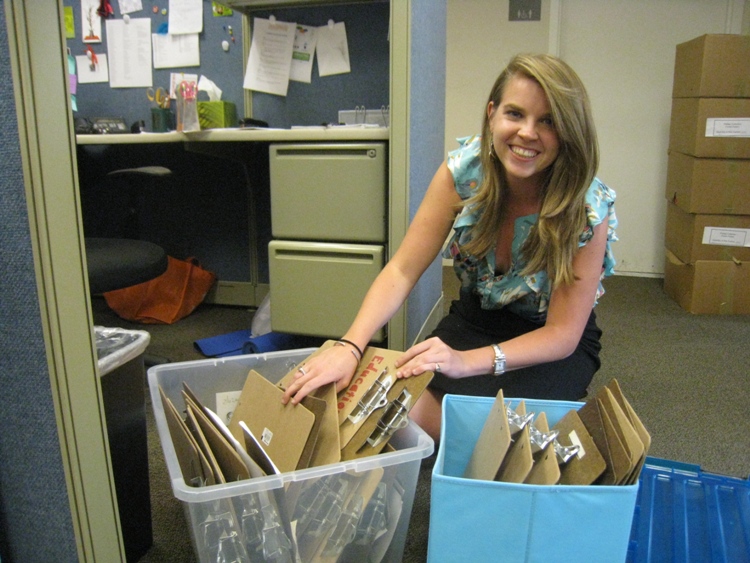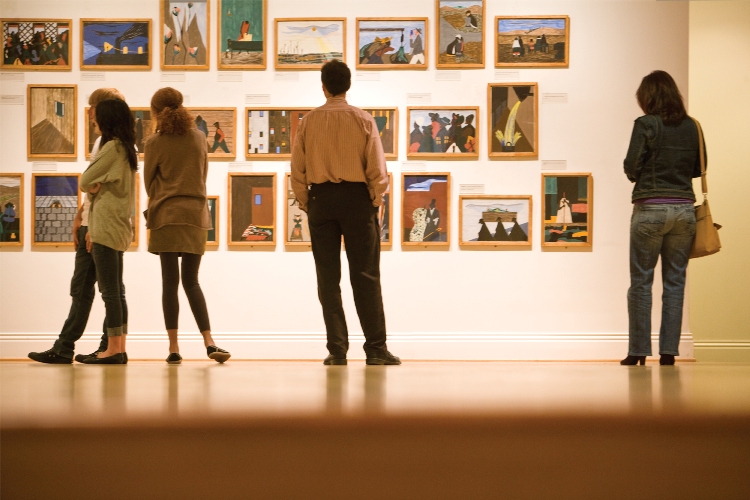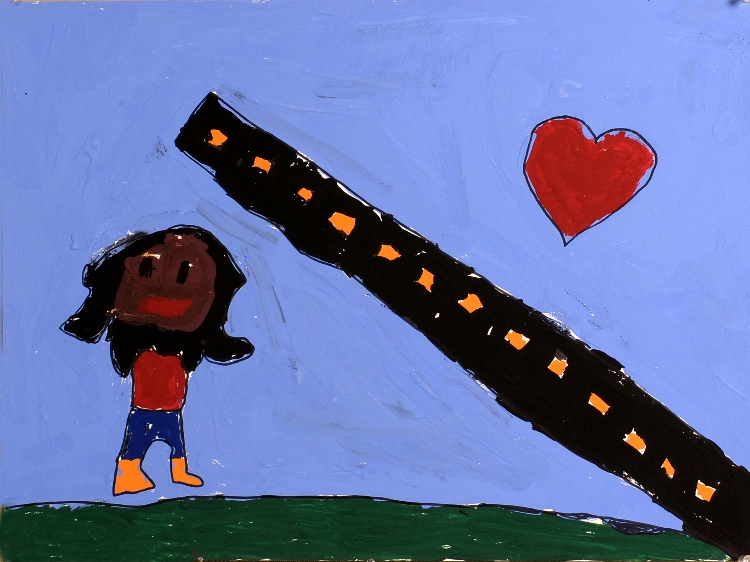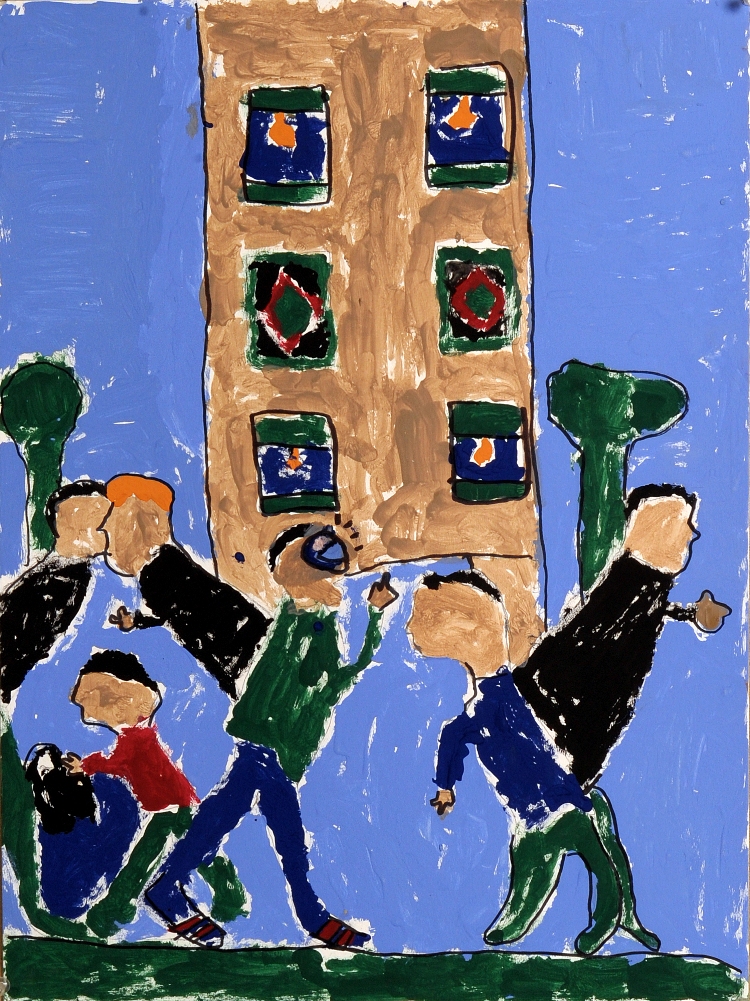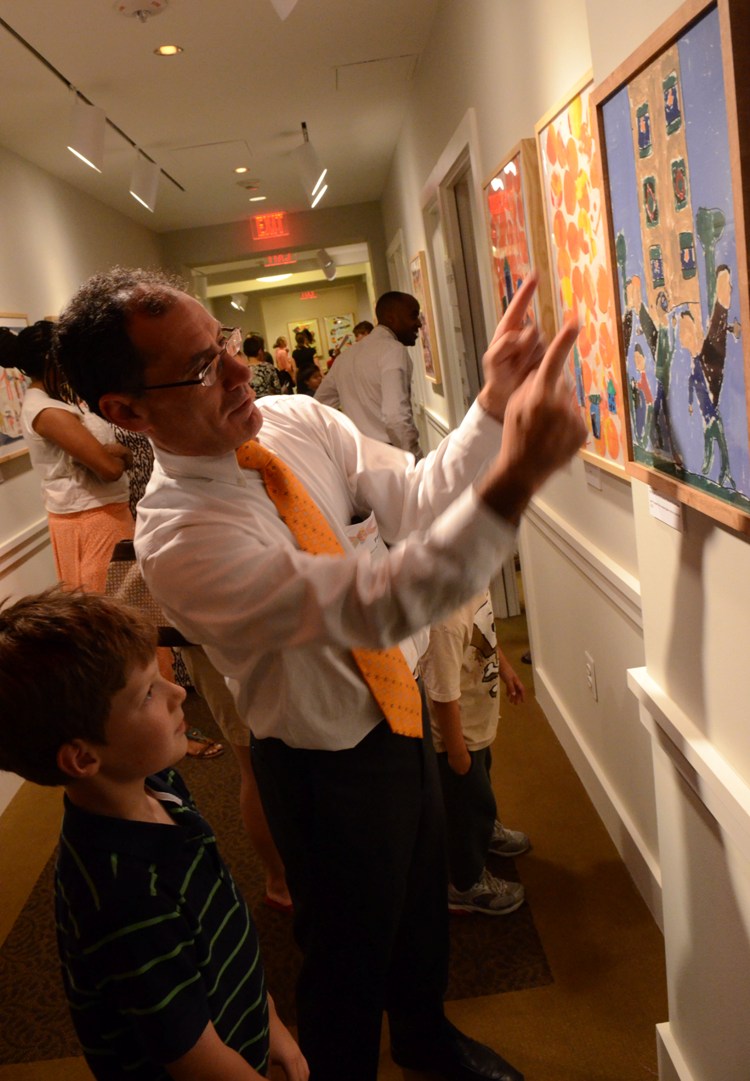Since January, I have interned in the Phillips’s education department as part of the k-12 team that focuses on school, outreach, family, and teacher programs. Sadly my internship is coming to an end as I prepare for a fall semester studying abroad in Florence, Italy. I’ve been thinking a lot about what I learned over the past eight months, and share with you here my top five takeaways from interning at The Phillips Collection:
1. Unglamorous work can be rewarding
I expected that administrative tasks like stuffing gift bags and assembling packets would be part of my internship, but I did not anticipate the great satisfaction of seeing a little boy’s face as he opened his new magnifying glass at a Young Artists Exhibition Community Celebration or teachers, aided by resources I put together, in stimulating conversation about art in the classroom.
2. Art brings families together
I worked in the art workshop during Jazz ‘n’ Family Fun Days, helping families make prints inspired by Jasper Johns: Variations on a Theme. During those two days, I saw families make art together without distraction from cell phones or outside interactions. Watching families spend quality time together and bond over the art they made will remain one of my fondest memories of the internship.
3. Arts education is pretty cool
I knew I liked both arts and education separately, but I had no idea how powerful the two could be together. Observing Art Links to Learning school tours, as well as DC Public Schools Teacher Professional Development Days, has opened my eyes to the power of arts education both in and outside the classroom.
4. Kids are insightful about art
On the first school tour I participated in, we stopped at Morris Louis’s Seal (1959), and the kids blew my mind with their insights on where the “seal” might be in the painting. A couple months later in front of Pierre-Auguste Renoir’s Luncheon of the Boating Party (1881), a 1st grader explained how the painting should be renamed The Luncheon of the Disrespectful Party. After further reflecting on the painting, I’ve decided she may be right.
5. I want to pursue a career in the arts
I began college two years ago with no idea what I wanted to do but will leave The Phillips Collection passionate for a career in the arts. Though the internship was unpaid, I don’t think you can put a price tag on discovering what you love to do.
Caroline Seabolt, Education Intern

